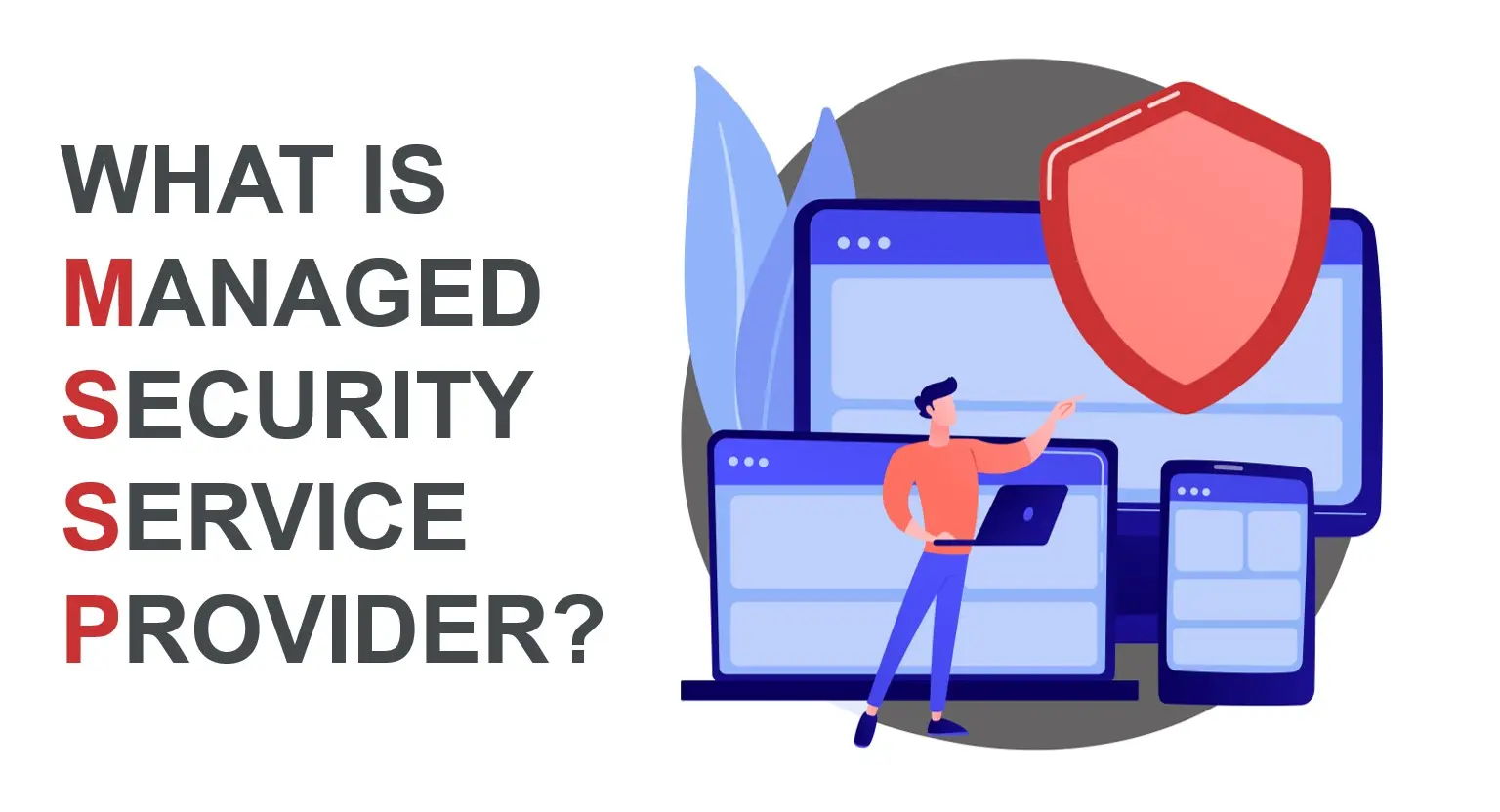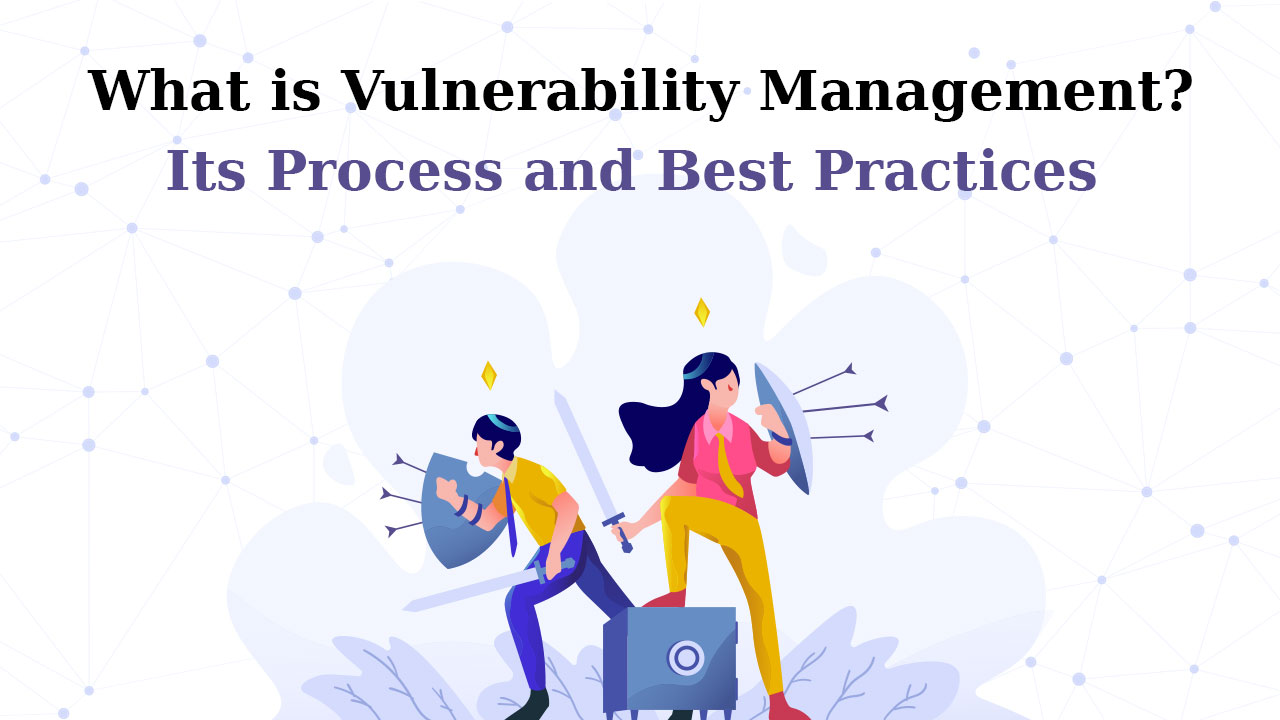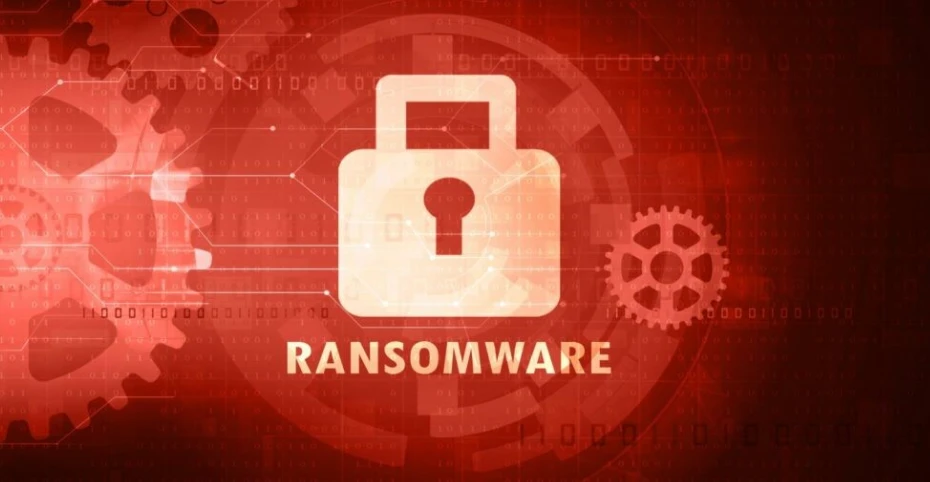How to Implement a Zero Trust Security Model in Your Organization
Updated on March 17, 2025, by Xcitium

In today’s rapidly evolving cybersecurity landscape, traditional perimeter-based security models are no longer sufficient. Cyber threats are becoming more sophisticated, and attackers often bypass conventional defenses to exploit vulnerabilities within networks. Enter Zero Trust Security, a modern approach that assumes no user, device, file, or network is inherently trustworthy—everything must be verified, every time.
Implementing a Zero Trust security model in your organization can significantly enhance your defenses against data breaches, ransomware, and insider threats. But where do you start? This step-by-step guide will walk you through the process of setting up a Zero Trust framework, helping you protect your business with a proactive, trust-no-one mindset.
What Is Zero Trust Security?
Zero Trust is a cybersecurity philosophy based on the principle of “never trust, always verify.” Unlike traditional models that assume everything inside, or coming into a network is safe, Zero Trust requires continuous authentication, authorization, and validation of every user, file, device, and application—regardless of their location or network status.
The Zero Trust model focuses on:
- Identity Verification: Ensuring every user and device is who they claim to be.
- Least Privilege Access: Granting minimal access rights necessary for tasks.
- Micro-Segmentation: Dividing networks into smaller, isolated segments to limit lateral movement.
- Continuous Monitoring: Tracking and analyzing activity in real time to detect threats.
- Zero Day Defense: Overcoming the risks of assumption-based protection strategies that trust everything unless it has explicitly been identified as dangerous.
With the rise of remote work, cloud adoption, and advanced persistent threats (APTs), Zero Trust has become a cornerstone of modern cybersecurity strategies. Let’s dive into how you can implement it in your organization.
Step-by-Step Guide to Implementing Zero Trust Security
Step 1: Assess Your Current Security Posture
Before adopting Zero Trust, you need a clear understanding of your organization’s existing security environment. Conduct a thorough cybersecurity risk assessment to identify:
- Assets: What data, applications, and systems need protection?
- Users: Who accesses your network, and from where?
- Devices: What endpoints (laptops, mobiles, IoT devices) connect to your systems?
- Vulnerabilities: Where are the weak points in your current defenses?
Pro Tip: Use tools like endpoint detection and response (EDR) systems or security information and event management (SIEM) platforms to map your network and identify risks. Xcitium’s advanced endpoint protection solutions can provide deep visibility into your environment, making this step easier.
Step 2: Define Your Zero Trust Policies
Once you’ve assessed your environment, establish clear Zero Trust policies tailored to your organization’s needs. These policies should outline:
- Authentication Requirements: Mandate multi-factor authentication (MFA) for all users and devices.
- Access Controls: Define roles and permissions based on the principle of least privilege.
- Network Segmentation: Plan how to divide your network into micro-segments to contain potential breaches.
- Endpoint Protection: Establish a process to detect and address both known and unknown threats.
For example, a policy might state that only authenticated employees using company-issued devices can access sensitive financial data—and only from a secure, segmented network.
Step 3: Implement Strong Identity Verification
Identity is the cornerstone of Zero Trust. To ensure robust verification:
- Deploy Multi-Factor Authentication (MFA): Require at least two forms of verification (e.g., password + biometric) for every login.
- Use Single Sign-On (SSO): Simplify access management while maintaining security across applications.
- Monitor User Behavior: Leverage user and entity behavior analytics (UEBA) to detect anomalies, such as unusual login locations or times.
Why It Matters: Weak identity verification is a common entry point for attackers. Strengthening this layer reduces the risk of unauthorized access.
Step 4: Secure All Endpoints
Endpoints—such as laptops, smartphones, and IoT devices—are prime targets for cybercriminals. To secure them:
- Install Endpoint Protection: Use advanced endpoint security solutions to detect and block malware, ransomware, and other threats.
- Enforce Device Compliance: Ensure all devices meet security standards (e.g., updated software, encrypted storage) before granting access.
- Monitor Endpoint Activity: Continuously track endpoint behavior to identify and respond to suspicious actions.
- Use Next-generation Endpoint Protection: Technologies that proactively neutralize unknown threats by virtualizing their attack vectors (for example Xcitium’s ZeroDwell technology) dramatically increase the efficacy of endpoint protection.
Xcitium’s Zero Trust endpoint protection goes beyond traditional antivirus, offering real-time threat containment and prevention to keep your devices secure.
Step 5: Segment Your Network
Network segmentation is critical to limiting the spread of an attack. To implement it:
- Identify Sensitive Areas: Segment critical systems (e.g., databases, financial applications) from less-sensitive ones.
- Use Firewalls and VLANs: Deploy next-generation firewalls and virtual local area networks (VLANs) to create isolated zones.
- Apply Micro-Segmentation: Further divide segments at the application or workload level to minimize lateral movement.
Example: If an attacker gains access to an employee’s email, micro-segmentation ensures they can’t easily move to your CRM or HR systems.
Step 6: Adopt Continuous Monitoring and Analytics
Zero Trust requires real-time visibility into your network. To achieve this:
- Deploy Monitoring Tools: Use SIEM or EDR solutions to track activity across users, devices, and applications.
- Set Up Alerts: Configure alerts for suspicious behavior, such as multiple failed login attempts or unusual data access patterns.
- Analyze Threats: Leverage AI-driven analytics to identify and prioritize potential risks.
Continuous monitoring ensures you can detect and respond to threats before they escalate, a key advantage of the Zero Trust model.
Step 7: Educate Your Team
Your employees play a vital role in maintaining Zero Trust security. Train them on:
- Cybersecurity Best Practices: Teach them to recognize phishing attempts, use strong passwords, and report suspicious activity.
- Zero Trust Policies: Explain how access controls and authentication requirements protect the organization.
- Incident Reporting: Encourage prompt reporting of potential security incidents.
Regular training sessions and simulated phishing exercises can reinforce these lessons and reduce human error.
Step 8: Test and Refine Your Zero Trust Model
Implementing Zero Trust is an ongoing process. To ensure its effectiveness:
- Conduct Penetration Testing: Simulate attacks to identify weaknesses in your defenses.
- Review Access Logs: Regularly audit logs to verify that access controls are working as intended.
- Update Policies: Adjust your Zero Trust framework based on emerging threats, new technologies, or changes in your organization.
By continuously testing and refining your approach, you can stay ahead of cybercriminals.
Why Zero Trust Matters in 2025
The cybersecurity landscape is more dangerous than ever. According to recent studies:
- Ransomware Attacks: Increased by 62% in 2024, with no signs of slowing down.
- Remote Work Risks: 70% of businesses report security concerns related to remote employees.
- Insider Threats: 34% of data breaches involve internal actors, intentionally or accidentally.
A Zero Trust security model addresses these challenges by eliminating implicit trust and enforcing strict verification at every level. It’s no wonder that adoption of Zero Trust is growing rapidly across industries, from healthcare to finance to manufacturing.
How Xcitium Can Help
Implementing Zero Trust can feel daunting, but you don’t have to do it alone. Xcitium offers a comprehensive suite of Zero Trust security solutions designed to simplify the process and strengthen your defenses:
- Endpoint Protection: Advanced threat detection and containment for all devices with ZeroDwell technology.
- Zero Trust Architecture: Tools to enforce least privilege access and micro-segmentation.
- Real-Time Monitoring: AI-powered analytics to identify and respond to threats instantly.
With Xcitium, you can build a Zero Trust model that’s tailored to your organization’s unique needs, ensuring maximum protection against today’s cyber threats.
Conclusion
Implementing a Zero Trust security model is no longer optional—it’s a necessity for organizations serious about cybersecurity. By following these steps—assessing your environment, defining policies, securing endpoints, and more—you can create a robust framework that protects your business from modern threats.
Ready to get started? Contact Xcitium today to learn how our Zero Trust solutions can safeguard your organization. Together, we can build a future where trust is earned, not assumed.












